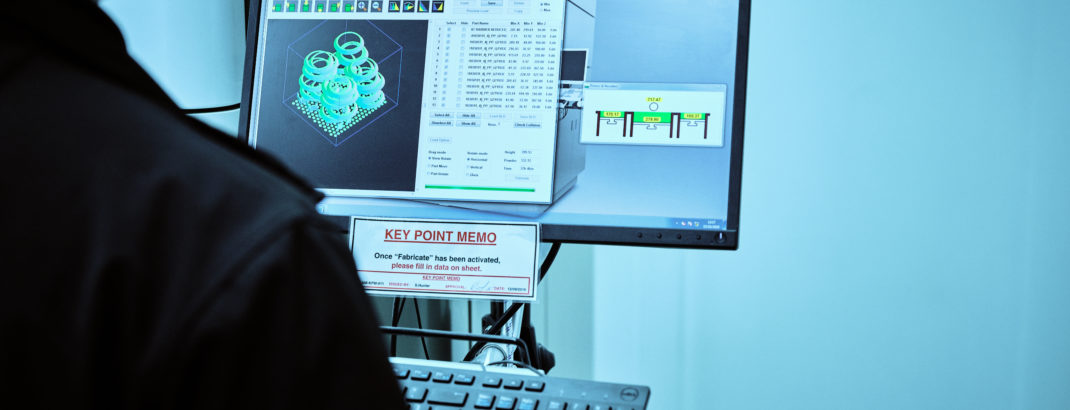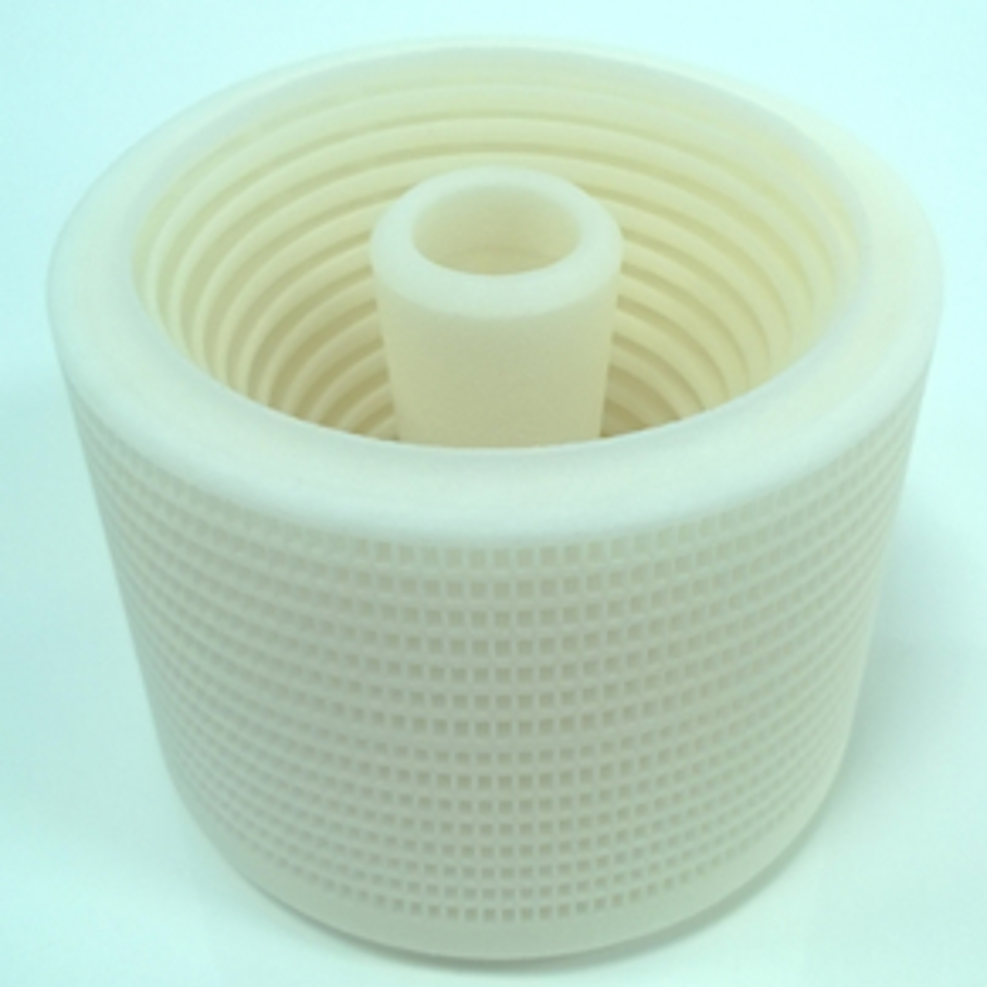By Rich Minifie, senior AM engineer at Ricoh
When it comes to product design, the process is often long and varied. However, whatever the product brief, there is always a familiar starting point and that is the Design For Manufacture (DFM) process.
In short, this is the engineering principle of designing a part (or parts) to make it easier or more economical to manufacture and assemble.
After all, there is no point designing something which can only be manufactured with real difficulty or expense – or sometimes not at all. You start with an ambitious vision of what you want to produce, and a concept designed to ‘wow’ the customer. So many times though, this ‘dream’ concept proves unrealistic, requiring the engineer to revert back to DFM and its thought process.
For a typical DFM, there are numerous considerations which come into play. Have you got a consistent wall thickness? Can the parts be ejected from tooling? Have areas been identified where sink marks may occur?
These DFM scenarios are just a few of the typical and well documented examples of the plethora of different design rules that apply to traditional manufacturing approaches.
During the design cycle, a prototype is required for visual acceptance, to test for fit and assembly, or for test simulations.
This historically – and I’m talking as recently as five years ago – would be the only time within a project where you would consider additive manufacturing, a technique used to produce parts quickly and ensure errors in expensive tooling are not made.
Today, however, things are very different. With recent technology and material developments, additive manufacturing – or 3D printing – is now more than ever being recognised as a serious manufacturing tool for end-use parts.
So, what does this mean for the DFM stage at the start of a project?
There is a common misconception that you can manufacture just about anything with 3D printing – the only constraints being your own imagination! Many people believe the rule book gets thrown out of the window.
That is not quite the case. There are DFM guidelines for additive manufacturing, known as DFAM, but due to the infancy and variety of additive technologies and systems available on the market these are still very much evolving.
Now the considerations vary by what can be achieved on each individual system in terms of the minimum feature sizes and strength of different materials, due to the anisotropic properties of 3D printed parts.
Another key factor when designing for AM is to ensure warping due to wall thickness is avoided at all costs.
While there are DFAM rules, and further will undoubtedly be added as new technologies emerge, one thing I can safely say is that additive manufacturing does provide infinitely more flexibility at the design stage.
One of the trademarks of the technology is the ability to manufacture parts within parts. Ricoh 3D works with The Robert Jones and Agnes Hunt Orthopaedic Hospital in Oswestry which improves patient rehabilitation through an orthotic lever produced by printing the ball joint feature in situ. This is a great example of the power that AM has to create functional end-use applications, removing the need for a costly assembly process.
Similarly, the geometry on the MicroMist™ Rotary Atomizer range, which suppresses dust in industrial environments, could not be manufactured as one single piece with any manufacturing technique other than 3D printing.
However, we do see seasoned designers sometimes struggle to complete the transition to this new-found design freedom and really make the most of the DFAM principles.
When it came to redesigning Ricoh’s own range of sample parts to showcase the possibilities of AM, I can say first-hand that it does take a change in mindset when you are generating concepts which, at the start of the process, can feel alien.
However, with the support of your manufacturing partner, the benefits can be endless – reduced costs, shortened time to market, and significant improvements in quality and reliability are all possible with the right design.





